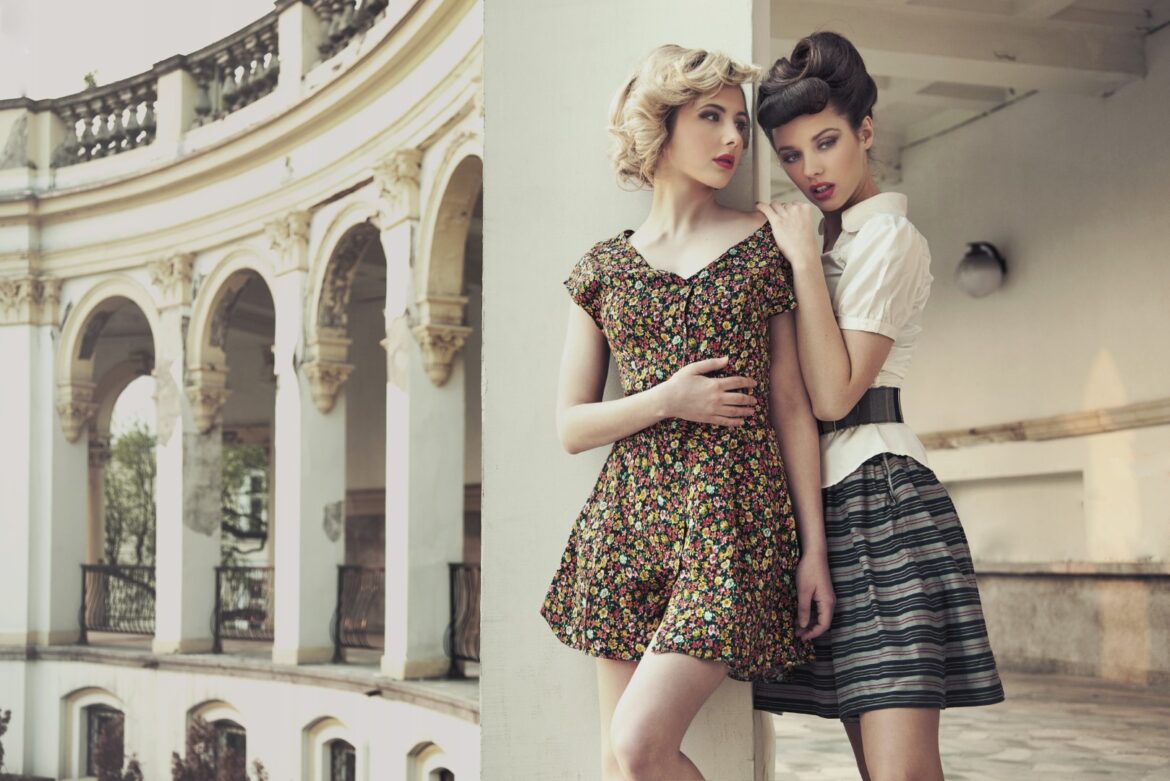Fashion has always been a dynamic industry that is constantly inspired by global interactions and cultural variety. The fashion industry has seen a tremendous transformation recently towards embracing international inspirations and cross-cultural trends. This phenomenon has given rise to a variety of distinctive and cutting-edge fashions that defy conventional fashion rules and bring people from all over the world together via their clothing and aesthetics. To establish a lively, inclusive, and dynamic global fashion environment, we will go into the idea of “Fashion Beyond Borders” in this article and examine how designers, influencers, and consumers have embraced this movement.
Cultural Exchange in the Fashion World
Designers have always been influenced by their ancestry and environment, and fashion has always been a reflection of culture. Cross-cultural interchange, however, has increased significantly in the twenty-first century, with designers and artists embracing influences from all over the world. The aesthetics of numerous civilizations have converged to produce novel and interesting styles, utilizing everything from traditional textiles and patterns to motifs and symbols. For instance, kimono-inspired cuts from Japan may appear on the runways of important fashion weeks, while African tribal motifs may find their way into haute couture collections. The emergence of fusion styles that celebrate the ethnic variety and promote intercultural understanding is the result of the merging of many elements.

Celebrating Diversity on the Runways
Fashion shows are now used as a venue to celebrate diversity and advance inclusivity. To highlight their collections, designers now purposefully choose models with a variety of ethnic backgrounds and body types. This change not only conveys a strong message about appreciating beauty in all of its forms, but it also enables designers to showcase their works in a way that is more globally appealing and culturally diverse. The fashion business has become a melting pot of customs and inspirations as runways have transformed into cultural runways where designers present their cross-cultural designs.
Sustainable Fashion and Global Artisans
Additionally, the “Fashion Beyond Borders” movement has rekindled interest in ethical and ecological practices. As designers use traditional methods and craftsmanship from all around the world, they frequently work with regional craftspeople to preserve historic traditions and benefit local economies. Customers are more aware than ever of where their clothes come from and the environmental effects of fast fashion. As a result, there is a rising desire for one-of-a-kind, handcrafted items with deeper cultural significance and stories to convey.
The Influence of Social Media
The digital era and the emergence of social media have been major contributors to the globalization of fashion. Cross-cultural trends are now more likely to spread like wildfire because of platforms like Instagram, Pinterest, and fashion blogs that make it possible for designers and influencers to connect with a worldwide audience. Now that fashion aficionados from other nations may exchange and adopt fashion trends, geographic barriers are being broken down and the fusion of fashion influences is accelerating.

Challenges and Opportunities
The “Fashion Beyond Borders” movement has resulted in a lot of good things, but it also has problems. One such issue is cultural appropriation, in which components of marginalized cultures are used without due acknowledgment or comprehension. Designers and customers alike must maintain awareness of the cultural significance of the designs they choose and refrain from dismissing them as fads.
The “Fashion Beyond Borders” movement has been a fascinating journey that is still reshaping the world of fashion. The fashion business has crossed geographic boundaries, recognizing cultural history, and advocating inclusivity by embracing varied influences and cross-cultural trends. The blending of aesthetics and traditions has improved the fashion industry by giving traditional handicrafts and international artists a platform. Designers and customers must approach cross-cultural fashion with respect, understanding, and an appreciation for the rich tapestry of global innovation as this trend develops. Together, we can create a global fashion business that embraces the diversity of the world and celebrates its beauty.

